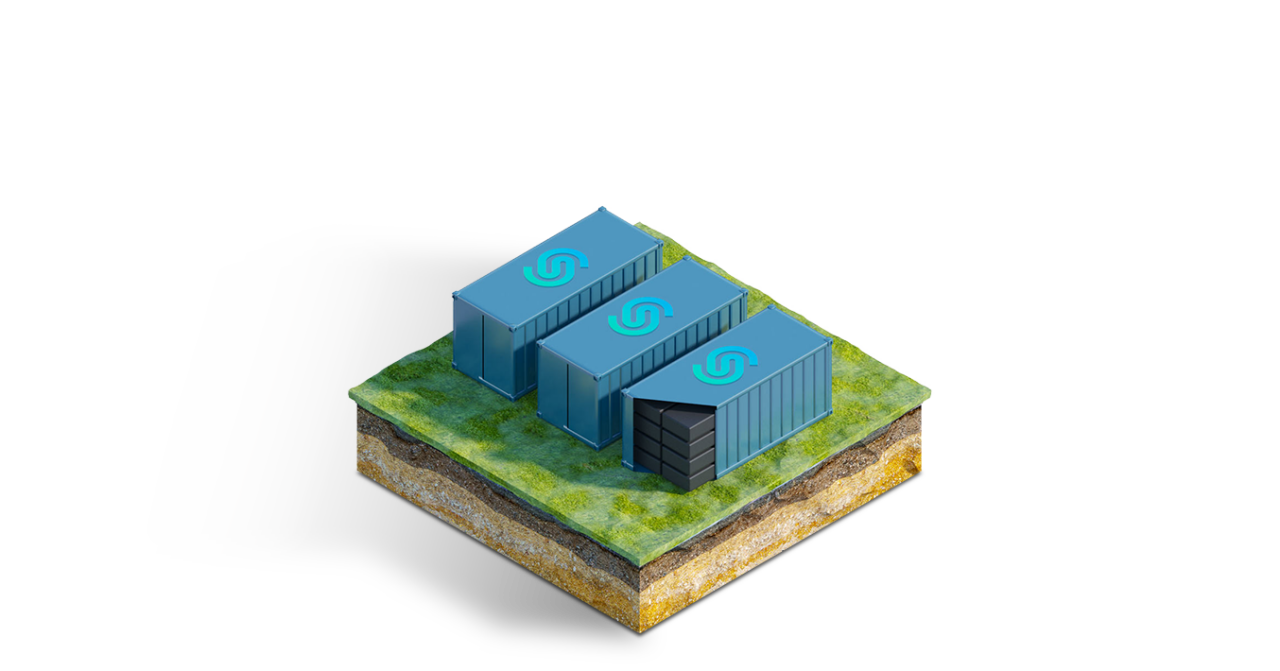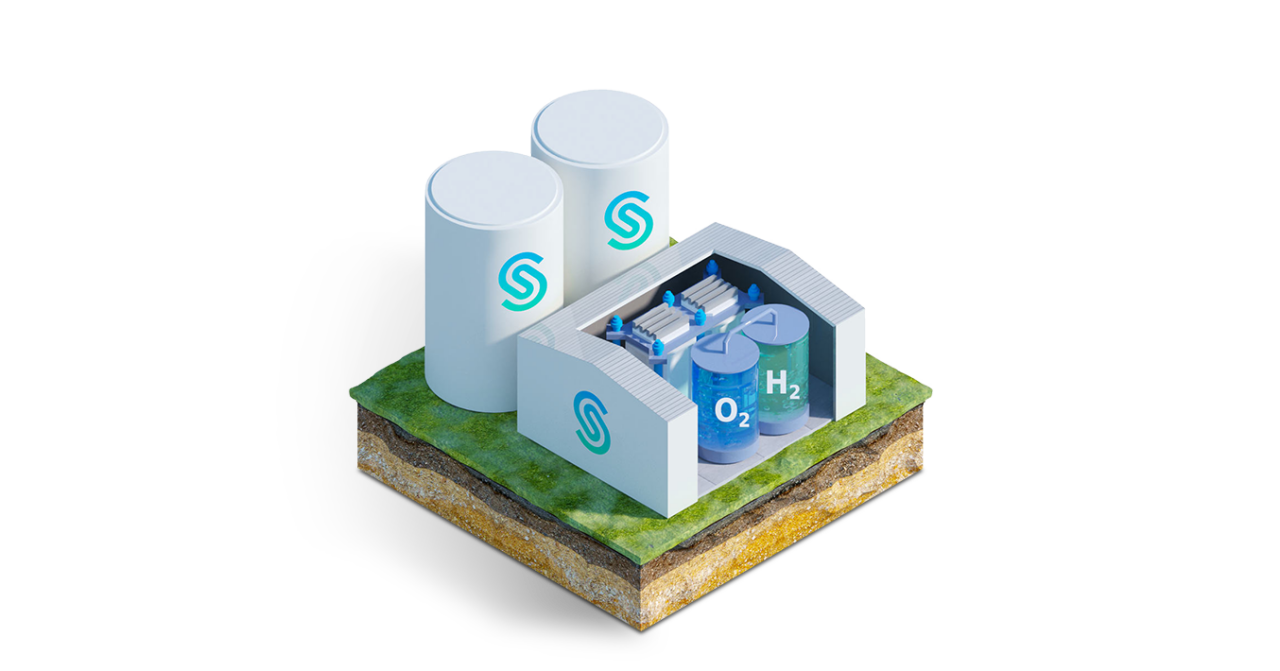Pumped hydro
Technology
We’re investing in new pumped storage assets to support the UK power system as it transitions to a greater proportion of intermittent renewable generation supply.


What is Pumped hydro?
Pumped hydro-electric storage is a proven zero carbon technology for providing dispatchable medium-duration energy storage. It is the oldest form of large-scale energy storage and works by using geographical features to store energy as raised water. At times of peak demand, water in an upper reservoir is released to a lower reservoir and flows through a turbine, generating electricity. When demand is low, excess energy on the grid is used to pump water back to the upper reservoir.
Pumped storage is well suited to providing electricity in periods of low renewable generation. Of the UK’s c.4GW of storage, 3GW currently comes from pumped storage, mostly located in Scotland and Wales. However, the technology is ultimately limited in capacity by the geographical locations available.

The benefits of Pumped hydro
Pumped hydro is already an important flexible technology for providing services to the grid and this is only due to increase further. Current pumped hydro technologies are able to respond to demand and generation changes within minutes, and are used to provide short to medium duration balancing services, with capacity to operate at full power for up to weeks at a time.
We recognise the strategic importance and benefits of pumped hydro-electric storage. That’s why we’re investing in new pumped storage assets as part of a portfolio of technologies to help balance the UK grid.
Our Pumped hydro projects
Our other technologies

Short duration
Battery storage

Long duration